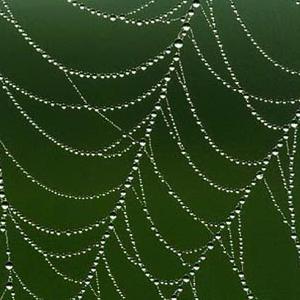Recent News
The Johns Hopkins University has issued a <a href="http://webapps.jhu.edu/jhuniverse/featured/vitayeast/" target="_blank">press release</a> about our team (and created <a href="http://www.youtube.com/watch?feature=player_embedded&v=4mqoS1xfTW8" target="_blank">a video</a> for our project!), and we are featured on the <a href="http://www.jhu.edu/" target="_blank">front page</a> of the university's main site as well!
We have also received IRB approval for distributing surveys in two Baltimore markets! We hope to have preliminary results on the public perception of genetically modified foods by the World Championship Jamboree.
SpiderColi
Our goal is to generate new synthetic spider silk-like proteins that maintain or improve some of the properties of the spider silk and to efficiently create a new biomaterial for biomedical or construction applications.
Cyanolux
Synthethic biology aims to quantitatively design, control and predict complex spatiotemporal cell behavior, and to do so by developing standarized and engineerable genetic tools. Nevertheless, to date, no synthetic genetic circuit has acomplished the task of exhibiting a robust and constant (i.e phase and amplitude in a week period) time oscillation. We want to take advantage of more than 2000 million years of evolution of cyanobacteria and use their endogenous circadian rhythm to assemble a time-controlled metabolic pathway. As a proof of concept we want to engineer the first light-rechargeable biological lamp: Synechocystis PCC 6803 cells that emit light only by night while recovering and producing the substrates in the day.
 "
"










